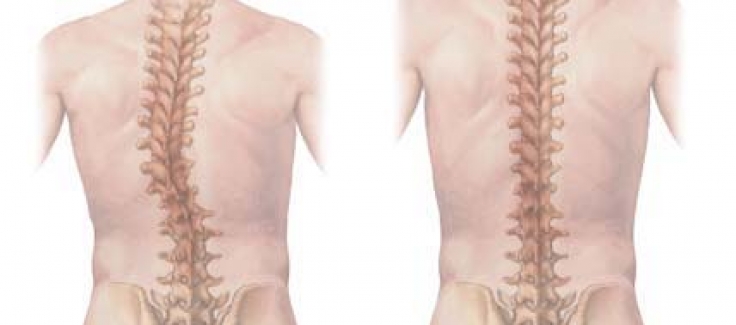#97 Can NUCCA Help With Scoliosis?
#97 CAN NUCCA HELP WITH SCOLIOSIS?

“Can NUCCA fix my daughter’s scoliosis?” I’ve had this question asked many times throughout practice. With the NUCCA technique, we claim to affect postural distortion in patients as long as they are holding the correction. So, can we affect scoliosis, the king of postural distortions? Before we answer this, let’s go over some basic information on scoliosis.
According to Boston Children’s Hospital, there are 3 main types of scoliosis: idiopathic, neuromuscular and congenital. We will focus on idiopathic scoliosis in this post as it is by far the most prevalent type. The other two types are rare and are caused by known underlying conditions.
What is idiopathic scoliosis? The word idiopathic means that the cause of the condition is unknown. So, in the majority of scoliosis cases it is generally accepted that traditional medical research does not know what causes the structural asymmetry.
To gauge scoliosis severity, a weight-bearing x-ray is taken and a metric called the Cobb angle is measured. We create a Cobb angle by drawing two lines on an x ray, one on top of the curve and one at the bottom. A mild case typically reports a Cobb angle between 10 and 25 degrees. A moderate case has a Cobb angle between 25 and 45 degrees. A severe case would be a Cobb angle of 45 degrees or more. For mild cases, close observation with no intervention is a typical course of action. For moderate cases, a back brace such as the Boston Brace is used to slow progression of the curvature. Severe cases are surgically treated with fusion techniques.
What’s the age group clinicians monitor the closest? Females between the ages of 10 and 18 have the highest propensity for idiopathic scoliosis. During this time, curves can progress rapidly and can quickly affect quality of life if not assessed.
With NUCCA care, we have clinically seen Cobb angles improve, hips level and posture dramatically change following an adjustment to a clinically diagnosed idiopathic scoliosis patient. As long as the patient holds the adjustment, we see improved quality of life and movement as well as continued postural gains. As a clinician, I am still amazed every time a diagnosed scoliosis patient stands straighter simply from a NUCCA adjustment.
It is also important to note that clinically some patients have little to no change in scoliotic curvature following NUCCA care. At this point, it is uncertain why some scoliotic patients respond dramatically to a NUCCA adjustment and others have little change. There is, as of yet, little research behind this technique and scoliosis as the mainstream medical treatment is still surgery or bracing.

